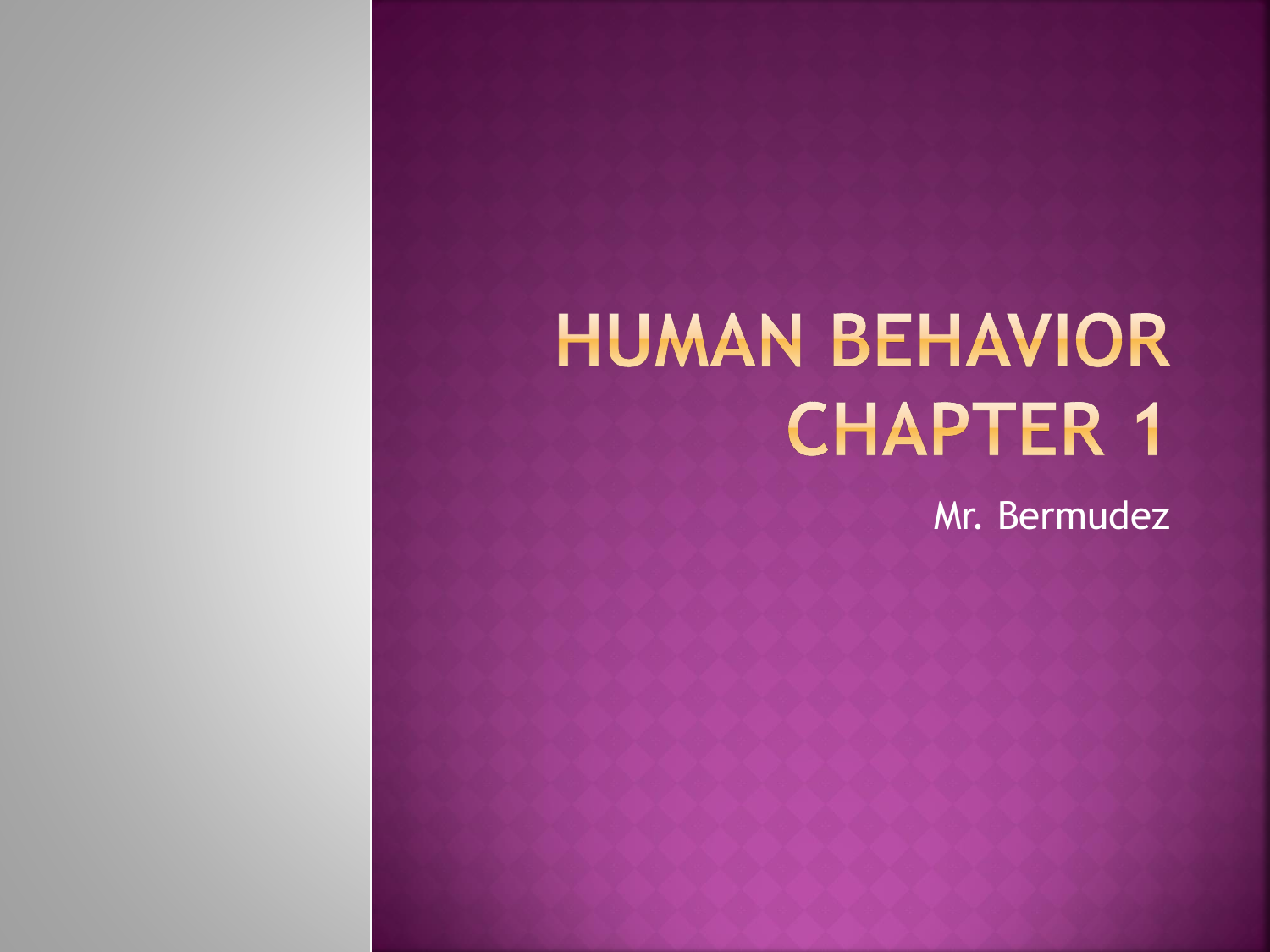Human behavior correctional education chapter 1 embarks on an enlightening journey into the intricate world of human behavior within correctional settings. This chapter delves into the profound significance of understanding inmate behavior, exploring the psychological and social factors that shape their actions. It sheds light on the role of cognitive-behavioral therapy and other interventions in modifying behavior, providing valuable insights for educators and professionals working in correctional environments.
As we delve deeper into this chapter, we will uncover the impact of inmate behavior on correctional education programs, examining the challenges and opportunities in teaching individuals with diverse behavioral patterns. Strategies for fostering a positive and supportive learning environment will be discussed, emphasizing the ethical considerations that guide behavior modification techniques in correctional settings. We will explore the crucial role of staff in shaping human behavior, providing training recommendations for effective behavior management and highlighting the importance of building positive staff-inmate relationships.
Understanding Human Behavior in Correctional Education: Human Behavior Correctional Education Chapter 1

In the realm of correctional education, a profound understanding of human behavior serves as the cornerstone for effective rehabilitation and reintegration efforts. By delving into the intricate tapestry of psychological and social factors that shape inmate behavior, educators can tailor interventions and strategies that foster positive change and reduce recidivism rates.
Human behavior correctional education chapter 1 explores the complexities of human behavior and the challenges of rehabilitating individuals who have engaged in criminal activity. The chapter provides an overview of the history of correctional education, the different types of correctional education programs, and the challenges and opportunities that face correctional educators.
For a deeper understanding of the challenges and opportunities faced by correctional educators, it is worth exploring the documentary Lost Boy: The Next Chapter 2009 , which provides a firsthand account of the experiences of a young man who was incarcerated and the challenges he faced upon his release.
The chapter concludes with a discussion of the future of correctional education and the need for continued research and innovation in this field.
Psychological Factors Influencing Inmate Behavior
A myriad of psychological factors exert a significant influence on the behavior of individuals within correctional settings. These factors include:
- Mental health disorders, such as depression, anxiety, and substance use disorders, can profoundly impact an inmate’s emotional regulation, decision-making, and overall well-being.
- Personality traits, such as impulsivity, aggression, and low self-esteem, can contribute to maladaptive behaviors and hinder rehabilitation efforts.
- Cognitive distortions, such as irrational beliefs and negative self-perceptions, can lead to self-sabotaging behaviors and impede progress in correctional programs.
Social Factors Influencing Inmate Behavior
In addition to psychological factors, social factors also play a crucial role in shaping inmate behavior. These factors include:
- Peer influence: Inmates often form strong bonds with other inmates, and these relationships can have a significant impact on their behavior. Positive peer relationships can support prosocial behavior, while negative peer relationships can reinforce criminal behavior.
- Prison culture: The unique culture of prison can influence inmate behavior. For example, inmates may adopt a code of silence to protect themselves or engage in violent behavior to maintain status.
- Family and community support: Inmates who have strong family and community support are more likely to engage in positive behavior and successfully reintegrate into society.
Role of Cognitive-Behavioral Therapy and Other Interventions
Cognitive-behavioral therapy (CBT) is a widely used intervention in correctional settings that has been shown to be effective in modifying inmate behavior. CBT focuses on changing negative thought patterns and behaviors that contribute to criminal activity. Other interventions that have shown promise in correctional settings include:
- Moral Reconation Therapy: This intervention helps inmates develop a sense of empathy and moral reasoning.
- Motivational Interviewing: This intervention helps inmates explore their ambivalence about change and develop motivation to engage in prosocial behavior.
- Trauma-Informed Care: This approach recognizes the impact of trauma on inmate behavior and provides trauma-sensitive interventions to promote healing and recovery.
The Impact of Human Behavior on Correctional Education Programs

Inmate behavior significantly influences the effectiveness of correctional education programs. Understanding and addressing the diverse behavioral patterns of inmates presents both challenges and opportunities for educators. Creating a positive and supportive learning environment is crucial for fostering rehabilitation and successful reintegration into society.
Impact of Inmate Behavior on Program Effectiveness
Inmate behavior can impact educational programs in various ways. Disruptive behavior, such as aggression or non-compliance, can create a hostile learning environment and hinder the progress of other students. Conversely, positive behavior, such as active participation and respect for others, can contribute to a more conducive learning atmosphere.
Challenges in Teaching Inmates with Diverse Behavioral Patterns
Teaching inmates with diverse behavioral patterns presents unique challenges. Educators must adapt their teaching methods and classroom management strategies to accommodate the specific needs of each individual. This may involve implementing individualized learning plans, providing additional support and resources, and creating a safe and inclusive environment.
Strategies for Creating a Positive Learning Environment, Human behavior correctional education chapter 1
Creating a positive and supportive learning environment is essential for successful correctional education programs. This can be achieved by establishing clear expectations, fostering open communication, and providing opportunities for inmates to participate in decision-making. Additionally, educators should promote a culture of respect, empathy, and collaboration to create a sense of belonging and motivation among inmates.
Ethical Considerations in Correctional Education

The use of behavior modification techniques in correctional settings raises important ethical concerns. These techniques, which aim to change inmate behavior through rewards and punishments, must be implemented with respect for inmate autonomy and dignity.
The study of human behavior correctional education in Chapter 1 provides an insightful exploration into the complexities of human nature. Its concepts resonate with the enigmatic realm depicted in Mad Gate Chapter 1 , where the boundaries of reality and perception blur.
As we delve deeper into human behavior correctional education, we uncover the intricacies of our own minds, mirroring the profound introspection and existential exploration found in this literary work.
Respecting Inmate Autonomy and Dignity
Inmates have the right to make choices about their own lives, including their behavior. Behavior modification techniques should not be used to coerce inmates into conforming to a particular set of expectations. Instead, they should be used to help inmates develop the skills and self-control they need to make positive choices for themselves.
Guidelines for Ethical Decision-Making
The following guidelines can help correctional educators make ethical decisions about the use of behavior modification techniques:
- Use behavior modification techniques only when they are necessary to protect the safety of inmates and staff.
- Obtain informed consent from inmates before using behavior modification techniques.
- Use the least restrictive techniques possible.
- Monitor the use of behavior modification techniques to ensure that they are not being used in a way that is harmful or degrading.
- Provide inmates with access to grievance procedures if they believe that they have been treated unfairly.
The Role of Staff in Shaping Human Behavior

Staff members play a critical role in shaping inmate behavior within correctional facilities. Their attitudes, interactions, and behaviors can significantly influence the inmates’ conduct and overall well-being. It is crucial for staff to be aware of their impact and to adopt effective behavior management techniques to foster a positive and respectful environment.
Training Recommendations for Staff
To enhance staff effectiveness in behavior management, it is essential to provide comprehensive training programs that cover the following areas:
- Understanding the principles of human behavior and motivation
- Developing effective communication and interpersonal skills
- Learning conflict resolution and de-escalation techniques
- Promoting positive staff-inmate relationships
- Adhering to ethical guidelines and legal requirements
Importance of Positive Staff-Inmate Relationships
Establishing positive and respectful staff-inmate relationships is fundamental to creating a conducive environment for rehabilitation and growth. When staff members treat inmates with dignity, respect, and fairness, they foster a sense of trust and cooperation. This positive rapport can motivate inmates to engage in pro-social behaviors, reduce recidivism rates, and improve overall outcomes.
Epilogue

In conclusion, human behavior correctional education chapter 1 lays a solid foundation for understanding the complexities of human behavior in correctional settings. It provides a roadmap for educators and professionals to effectively address the challenges and opportunities in this field, while adhering to ethical principles and fostering a positive and transformative learning environment. By embracing the insights and strategies Artikeld in this chapter, we can empower inmates to make positive changes in their lives and contribute to a more just and equitable society.
:max_bytes(150000):strip_icc()/attitudes-how-they-form-change-shape-behavior-2795897-01-110d1b20b934495fad6fcb84d9df7ad4.png)

Human behavior correctional education chapter 1 discusses the importance of understanding human behavior in order to effectively correct it. To gain a deeper understanding of this topic, it’s recommended to explore other perspectives, such as the grandmaster of demonic cultivation chapter 1 , which provides a unique insight into the motivations and consequences of human behavior.
By examining different viewpoints, we can develop a more comprehensive understanding of human behavior and its implications for correctional education.